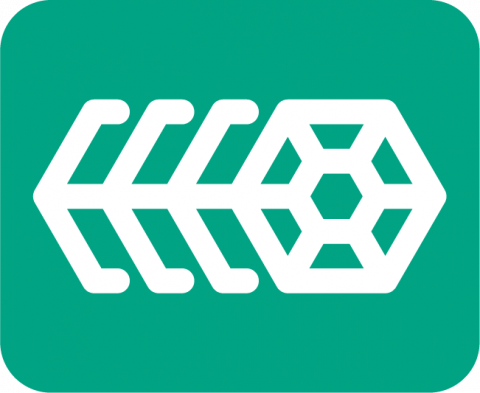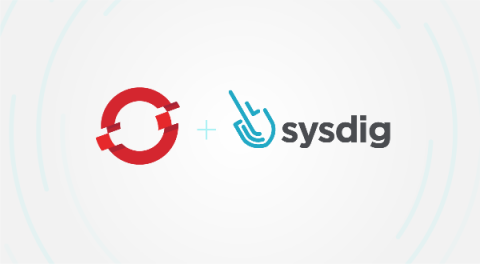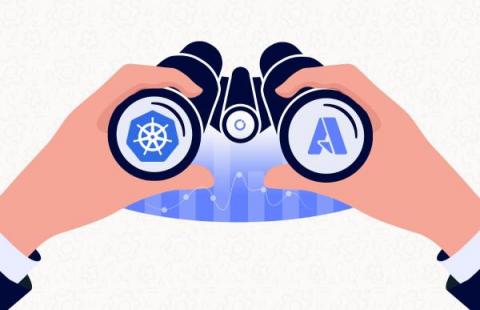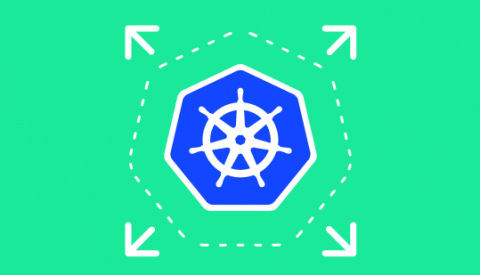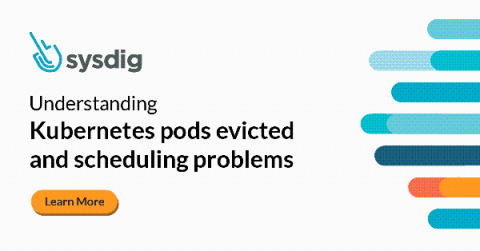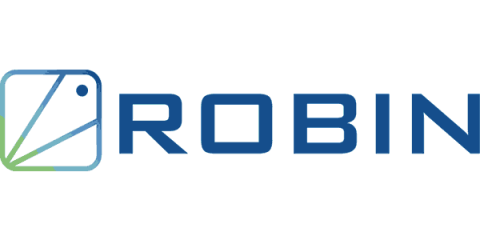The Difference Between Monitoring and Observability and Why It Matters
Organizations are adopting cloud native and multi-cloud architectures to drive innovation, achieve faster time to market, improve yield, and deliver exceptional experiences to their customers. However, for all the business benefits of modernizing, the process does not come without challenges.



